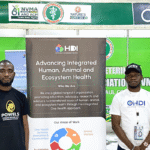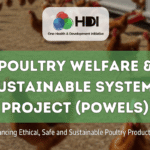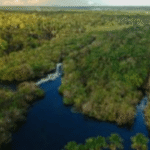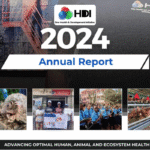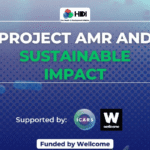The Central Appalachia Habitat Stewardship Program will award grants to restore and sustain healthy forests, rivers and streams that provide habitat for diverse native bird and aquatic populations. Approximately $2 million is available this year. Major funding is provided by the Richard King Mellon Foundation, U.S. Department of Agriculture’s Natural Resources Conservation Service (NRCS), the U.S. Forest Service and the U.S. Fish and Wildlife Service.
The overall goal of the program is to improve the quality and connectivity of forest and freshwater habitat in order to increase the distribution and abundance of fish, birds and other wildlife, as evidenced by a suite of species that collectively are indicators of forest and freshwater habitat condition.
ELIGIBILITY
Eligible and Ineligible Entities
- Eligible applicants include non-profit 501(c) organizations, state government agencies, local governments, municipal governments, Tribal Governments and Organizations and educational institutions.
- Ineligible applicants include U.S. Federal government agencies, businesses, unincorporated individuals, and international organizations.
EVALUATION CRITERIA
All proposals will be screened for relevance, accuracy, completeness and compliance with NFWF and funding source policies. Proposals will then be evaluated based on the extent to which they meet the following criteria.
Program Goals and Priorities – Project contributes to the Program’s overall habitat and species conservation goals, and has specific, quantifiable performance metrics to evaluate project success. Project addresses one or more of the program priorities.
Technical Merit and Work Plan – Project is technically sound and feasible, and the proposal sets forth a clear, logical and achievable work plan and timeline. Project engages appropriate technical experts throughout project planning, design and implementation to ensure activities are technically-sound and feasible.
Cost-Effectiveness – Project includes a cost-effective budget that balances performance risk and efficient use of funds. Cost-effectiveness evaluation may include, but is not limited to, an assessment of either or both direct and indirect costs in the proposed budget. The federal government has determined that a de minimis 10% indirect rate is an acceptable minimum for organizations without a NICRA, as such NFWF reserves the right to scrutinize ALL proposals with indirect rates above 10% for cost-effectiveness.
Monitoring – Project includes a plan for monitoring progress during and after the proposed project period to track project success and adaptively address new challenges and opportunities as they arise.
Long-term Sustainability – Project will be maintained to ensure benefits are achieved and sustained over time. This should include how future funding will be secured to implement necessary long-term monitoring and maintenance activities.
Application deadline is July 15, 2021.
Click here for more information and application.



